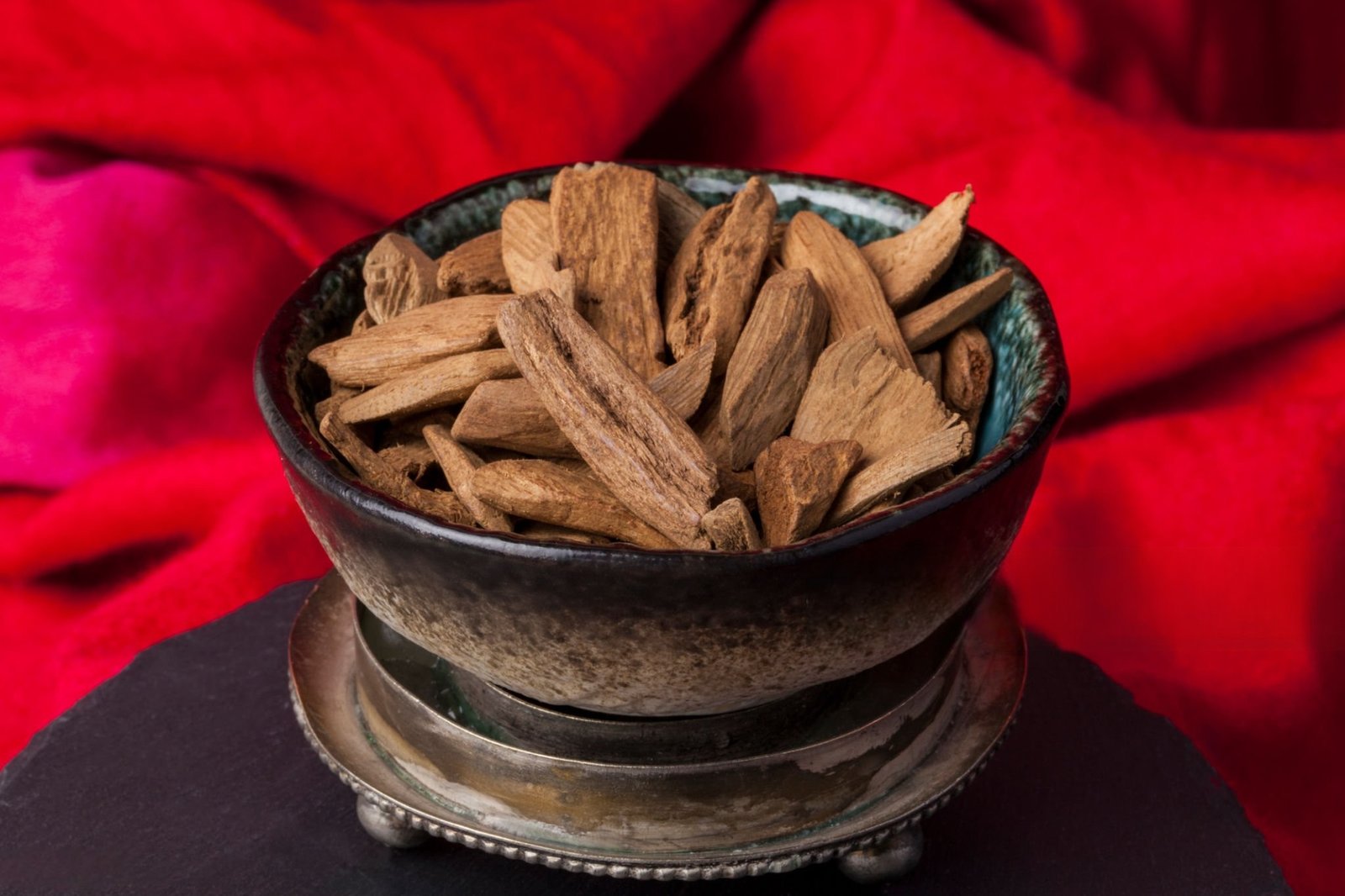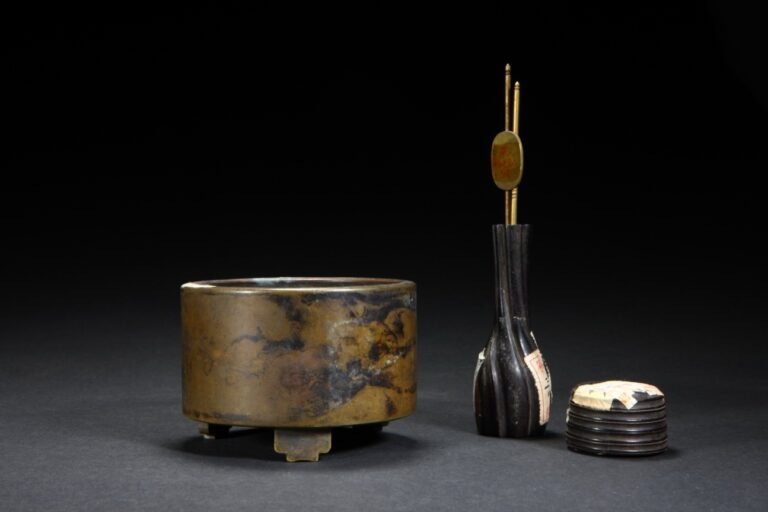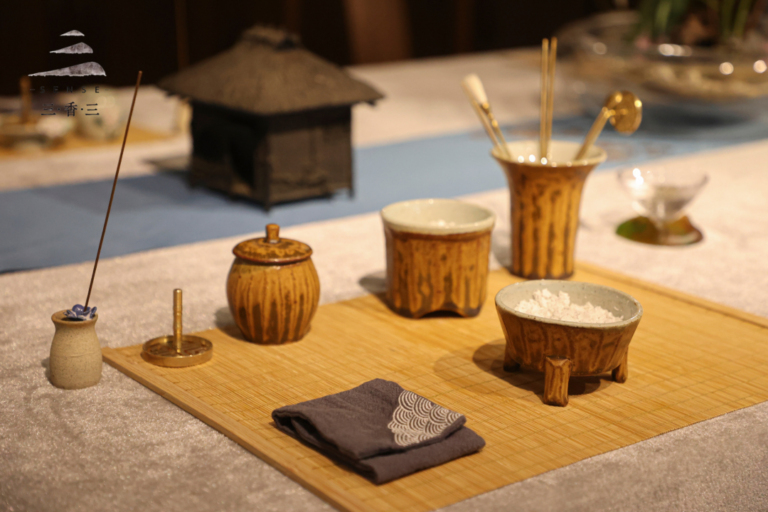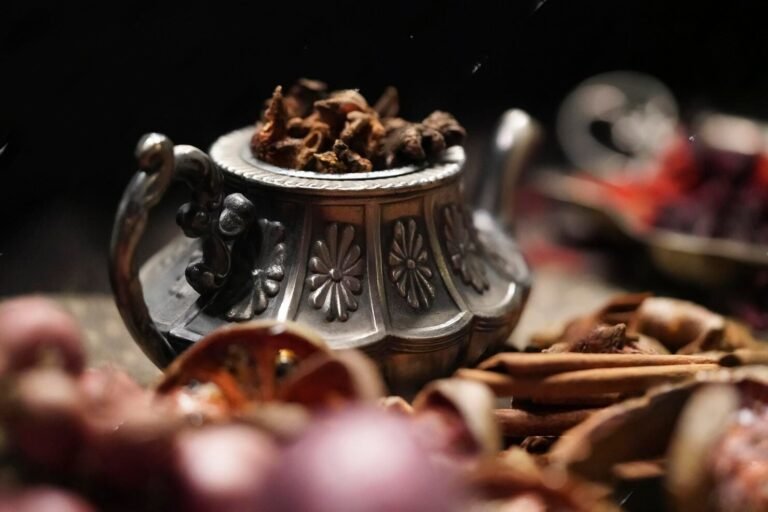Agarwood, a treasure steeped in cultural and historical significance, has been known by countless names across different eras and regions. These names—rooted in ancient texts, colloquial terms from harvesters, creative labels by scholars, or even marketing ploys—reflect its complex identity. In this blog, we unravel the fascinating journey of agarwood’s nomenclature and how it evolved over centuries.
Ancient Chinese Names for Agarwood
Names Based on Physical Traits
Beyond its most common name, Chenxiang (沉香), ancient Chinese scholars coined terms that highlighted agarwood’s unique characteristics:
- “Shenxiang” (沈香): Derived from its ability to sink in water (shen meaning “to sink”), leading to variations like Shenmuxiang (沈木香) and Shenshuixiang (沉水香).
- “Mixiang” (蜜香): Inspired by its sweet, honey-like aroma, attracting bees. Related terms include Mixiangshu (蜜香树) and Muxiang (木蜜).
In ancient times, only resin-rich, water-sinking agarwood earned the title Chenxiang. Lesser-quality pieces were given distinct names to differentiate their grades.
As recorded in the Song Dynasty text Tiewei Mountain Talks (《铁围山丛谈》):
“True agarwood sinks entirely in water… Lesser grades, partially resinous, were called ‘Nongshui Chen’ (弄水沉) or ‘Pocai’ in foreign terms.”
Names Based on Quality
Ancient classifications often ranked agarwood by resin content, origin, or formation process:
- “Mijian” (蜜香), “Chenxiang” (沉香), “Jiguxiang” (鸡骨香): Eight grades listed in Southern Flora (《南方草木状》, 304 AD), categorized by resin location within the tree.
- “Shu Jie” (熟结) vs. “Sheng Jie” (生结): Terms from Tiewei Mountain Talks distinguished naturally formed resin (“ripe knots”) from resin triggered by human or insect damage (“raw knots”).
- “Zhanxiang” (栈香) and “Shuipantou” (水盘头): Semi-resinous pieces with distinct textures or pungent scents caused by environmental factors like rain.
Regional variations further diversified names. For example:
- “Jiaochen” (角沉) and “Huangchen” (黄沉): Terms from Ben Cao Yan Yi (《本草衍义》) described Hainan’s premium agarwood, categorized by harvesting conditions (e.g., from decayed wood or soil).
- “Nüerxiang” (女儿香): A poetic name from Guangdong folklore, where women stored the finest agarwood against their chests to trade for cosmetics.
Modern Market Classifications
Today’s agarwood terminology blends historical remnants with contemporary trade practices:
By Formation Process
- “Sheng Xiang” (生香): Harvested from living trees (“live agarwood”).
- “Shu Xiang” (熟香): Harvested from dead or fallen trees (“dead agarwood”).
- “Daojia” (倒架), “Shuichen” (水沉), “Tuchen” (土沉): Classified by environment—sunken in water, buried in soil, or formed by ants/insects (“Yichen” 蚁沉, “Chonglou” 虫漏).
By Geographic Origin
- “Hui’an System” (惠安系): Covers Chinese agarwood (Guangdong, Hainan) and Indochinese varieties (Vietnam, Cambodia). Subtypes include Qiongxiang (琼香, Hainan) and Wanxiang (莞香, Guangdong).
- “Xingzhou System” (星洲系): Indonesian and Malaysian agarwood, further divided into regional grades like Tarakan (达拉干) and Kalimantan (加里曼丹).
Special Varieties
- “Qi Nan” (奇楠): A rare, superior grade with unmatched aroma and texture. Originally a Buddhist term (Tagara in Sanskrit), it evolved through translations like Jialanxiang (伽蓝香) to today’s Qi Nan.
Why Names Matter
The diversity in agarwood’s names reflects its cultural depth and the challenges of preserving authenticity. For buyers, understanding these terms is key to identifying quality and origin. For instance:
- “Sinking” vs. “Non-Sinking”: Still a critical quality marker, as resin density determines value.
- Regional Labels: Names like Kynam (Vietnam) or Gaharu (Indonesia) signal distinct scent profiles prized in aromatherapy.
Final Thoughts
From Shenxiang to Qi Nan, agarwood’s names are a testament to its enduring legacy. Whether you’re a collector, historian, or wellness enthusiast, decoding these terms unlocks a richer appreciation for this ancient treasure. At [Your Brand], we’re committed to sharing authentic, traceable agarwood—bridging the past and present with every fragrant piece.





